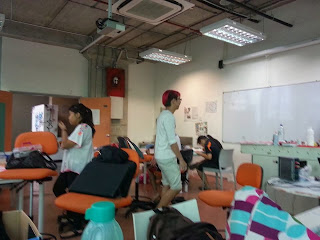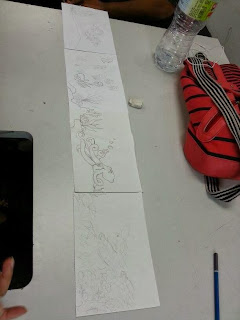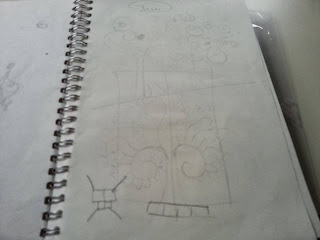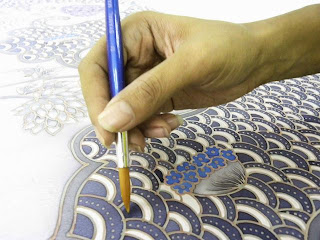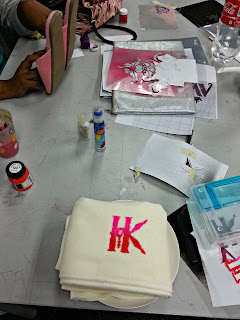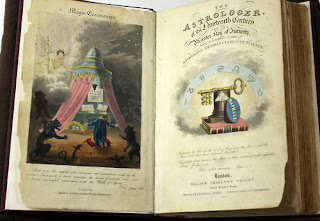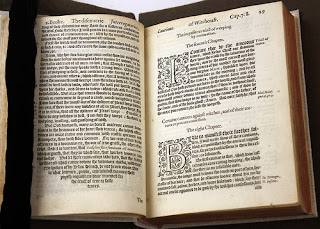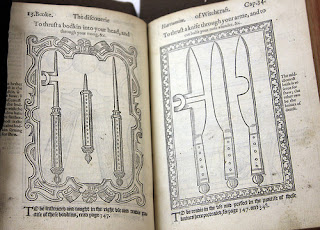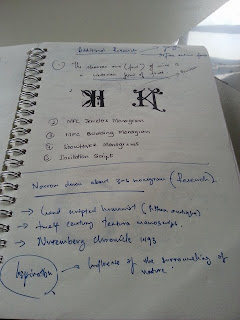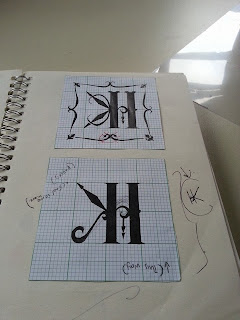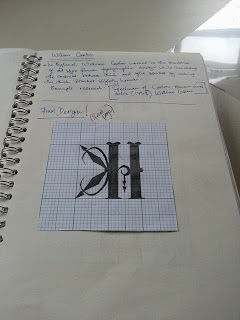Saturday 21 December 2013
Paint to Music
Oh how time flies fast! So here's the last post for this blog...
We had to paint on 2 canvases, a 50 x 60cm and a 60 x 90cm one, to 2 types of music playlist, a classical one and contemporary one. Truth be told, I much preferred the classical music...
Here were some challenges faced:
contacting the supplier to get the canvases ready
trying to communicate with the course mates and lecturer (a few blunders for this one, oops)
painting spontaneously with all sorts of mediums and techniques
Overall, however, this activity served an important lesson to me as a designer in terms of working fast, under pressure, and with a large group. It's been a rewarding learning experience, nonetheless
We had to paint on 2 canvases, a 50 x 60cm and a 60 x 90cm one, to 2 types of music playlist, a classical one and contemporary one. Truth be told, I much preferred the classical music...
Here were some challenges faced:
contacting the supplier to get the canvases ready
trying to communicate with the course mates and lecturer (a few blunders for this one, oops)
painting spontaneously with all sorts of mediums and techniques
Overall, however, this activity served an important lesson to me as a designer in terms of working fast, under pressure, and with a large group. It's been a rewarding learning experience, nonetheless
Sunday 8 December 2013
Last process
So our final the will be UNDERWATER.. Underwater is a term describing the realm below the surface of water where the water exists in a natural feature (called a body of water) such as an ocean, sea,lake, pond, or river.
This was my part !!!!!
It was so sad that I couldnt make it to the batik company as I were the most excited one to go. Due to transportation problem, I had to stay back :(
Task 2: Batik process
A week before the trip to the batik company, we were suppose to come up with our own design in a group of 4.yes we did !!!
My lecturer disapprove our designs in the first round....We had a discussion with her in groups.. she gave us some suggestion...
Final task .. Off to the BATIK company.. Sounds interesting :D
Batik is an ancient art and a complex one. Batik, using wax as a resist, was developed in many places around the world. The Russians in Czarist times used wax as resist to produce their spectacular Easter eggs, the West Africans and Japanese used indigo dye and wax resist to create elegant fabrics, but nowhere was the batik art more advanced than in Java, the largest of the Indonesian islands.
Traditional batik in Java was made with a copper stamp or drawn on cloth by hand using a tool called a chanting. A chanting is a little copper bowl with a spout attached to a wood or bamboo handle. The chanting is dipped into hot wax. The artist draws with the chanting by using the law of gravity. The wax to pours out of the spout and penetrates the fabric.
Traditional batik, either tulis (hand drawn) or stamped, requires many application of wax and dye, but in modern times the process has been simplified. But mostly they work directly on white rayon. When the wax is removed, the lines are white. The art lies in the skillful drawing and the unique painting technique, which is best considered as watercolor on fabric.After wax has been applied to our line drawings, the fabric is stretched flat on a frame. The dyes we use to paint spread easily, too easily. The art is in controlling where they go, and how each color interacts with others, when to use a lot of water and when to use none at all.
The final product is a beautiful, durable and washable painting of fabric. These batiks will not fade, shrink or bleed.
Saturday 7 December 2013
Watch the VIDEO & LEARN :D
BELOW is a link on block printing
This is a video on how to make a monogram :D
Research done during class/ progressof work
In a few classes, we are suppose to do some research on the type of monograms that we are doing. Then we got to refer to our class lecturer for the approval and finalization of our design!!!
Subscribe to:
Posts (Atom)
